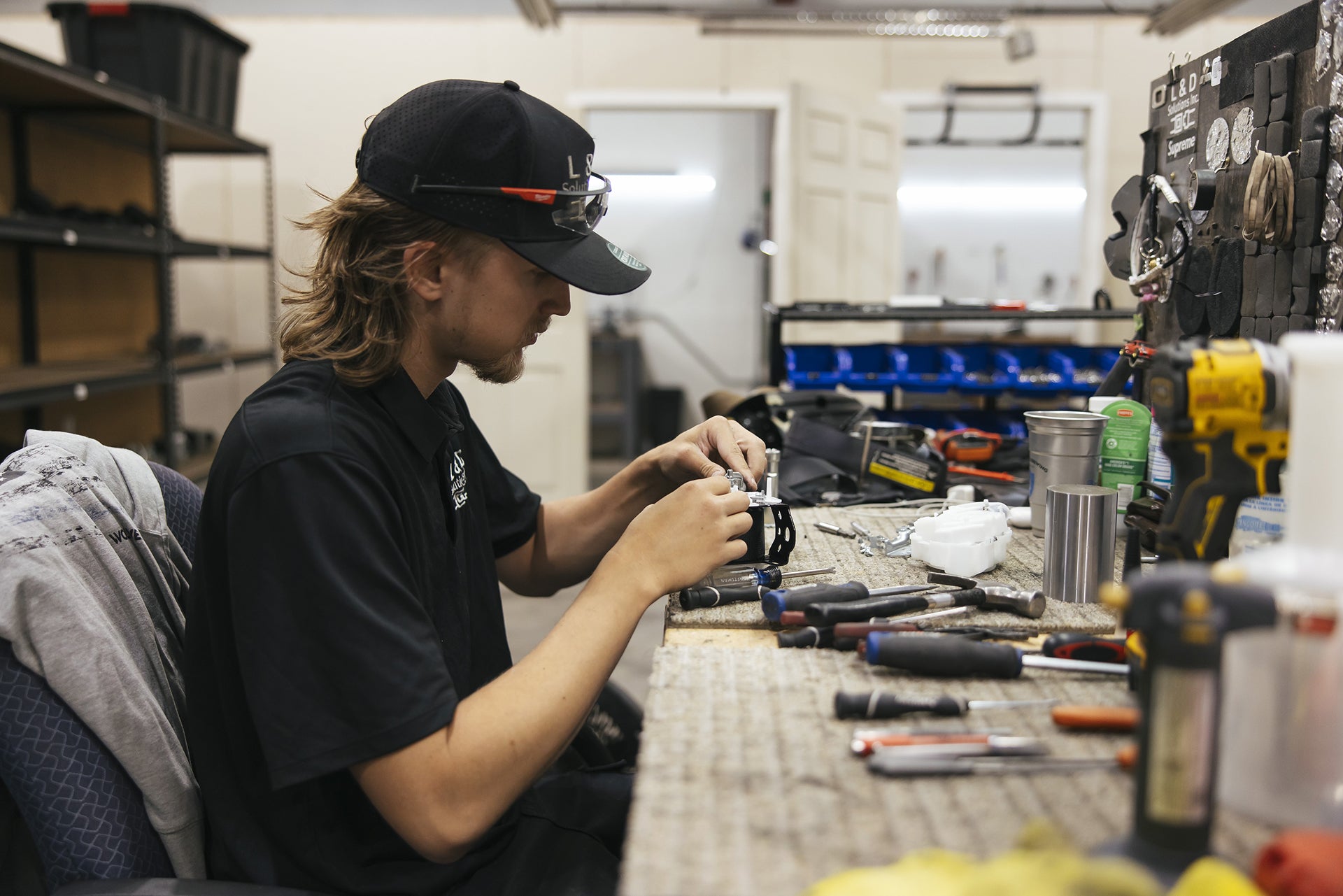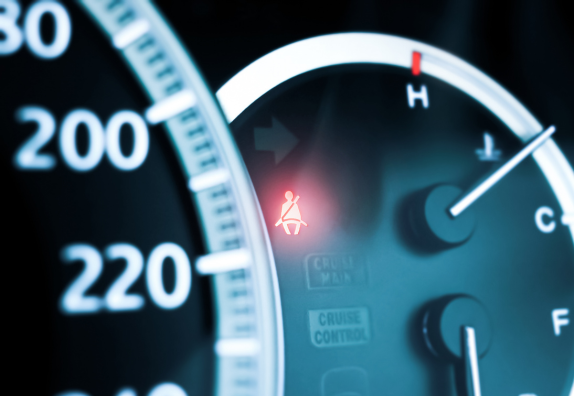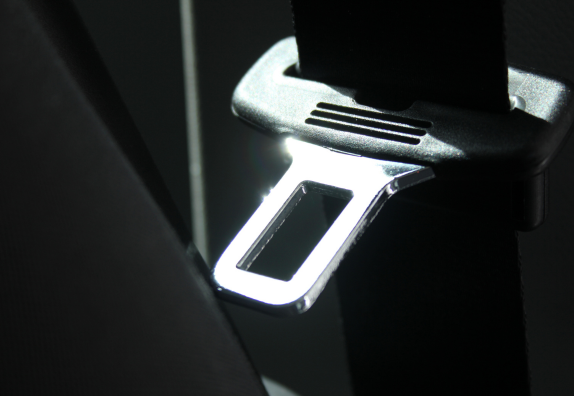The Crucial Connection Between Seat Belt Tensioners and Airbag Systems
Ever wondered why your car's airbag light might come on when there's a seat belt issue? It's not just a quirky electrical glitch there's actually a fascinating and vital connection between your seat belts and airbag system that many drivers don't know about. Let's dive into this crucial safety partnership that works behind the scenes to protect you.
The Dynamic Duo of Vehicle Safety
Think of your car's safety system like a synchronized swimming team. Your seat belt tensioners and airbags are two performers who must nail their timing perfectly. When things go wrong, they need to react in milliseconds (we're talking about 1/20th of a second here) to protect you.
How Seat Belt Tensioners Work
Picture this: You're driving along, and suddenly you have to slam on the brakes. In that split second before you even realize what's happening, your seat belt tensioner is already at work. Here's what's happening:
- Crash sensors detect sudden deceleration.
- The tensioner activates (usually using a small pyrotechnic charge).
- Your seat belt instantly tightens, removing any slack.
- You're pulled back into the proper position before the airbag deploys.
The Airbag's Perfect Timing
Your airbag needs you to be in exactly the right position to work properly. If you're too close or too far from the airbag when it deploys, it might not protect you as designed. That's why the tensioner's job is so important it helps position you perfectly for that airbag deployment.
The Electronic Brain Behind It All
Your car's safety systems are controlled by something called the SRS (Supplemental Restraint System) module. Think of it as a tiny but incredibly smart computer that:
- Monitors crash sensors throughout your vehicle.
- Decides when to activate tensioners.
- Controls airbag deployment.
- Keeps track of system health.
When Things Go Wrong
If your seat belt tensioner isn't working properly, your entire safety system could be compromised. Signs of trouble include:
- Airbag warning light staying on.
- Clicking or rattling sounds from the seat belt mechanism.
- Seat belt feeling loose or not retracting properly.
- Warning messages on your dashboard.
The Maintenance Reality
Unlike regular oil changes, you can't just schedule routine tensioner maintenance. These systems are designed to work perfectly for years but can be affected by:
- Previous accidents (even minor ones).
- Age of the vehicle.
- Exposure to moisture or extreme temperatures.
- Electronic system problems.
The Professional's Perspective
Mike, a certified safety system technician with 20 years of experience, shared this insight: "People often think they can ignore the airbag light if their seat belts seem fine. What they don't realize is that by the time they need these systems, it's too late to fix them."
The Hidden Risks
One of the most dangerous situations occurs when:
- A tensioner has been deployed in a previous accident.
- It wasn't properly replaced.
- The driver assumes everything is fine because the seat belt still clicks.
Why Professional Diagnosis Matters
These systems are incredibly complex and require special diagnostic equipment. Improper repairs can compromise your safety. Most repairs also require system recalibration to ensure everything works as designed.
The Bottom Line
Your seat belt tensioners and airbags are part of an intricate system designed to work together perfectly when you need them most. Don't take chances with this crucial connection. If your airbag light is on, take immediate action to have your vehicle inspected by a professional.
Remember: you never know when you'll need these systems to work perfectly, and by then, it's too late to fix them. Stay informed, stay safe, and ensure your vehicle's safety systems are always ready to protect you.




Leave a comment
This site is protected by hCaptcha and the hCaptcha Privacy Policy and Terms of Service apply.